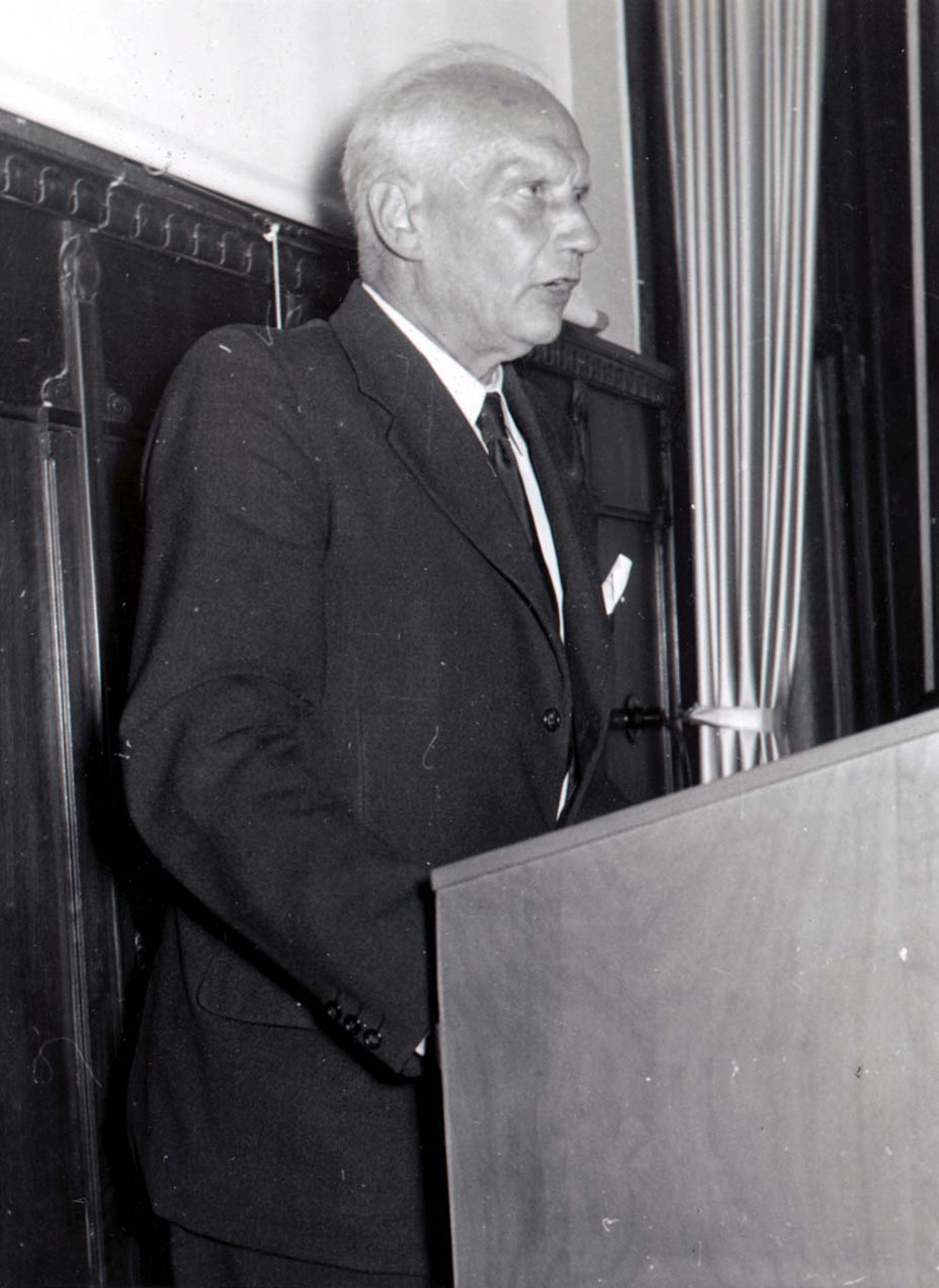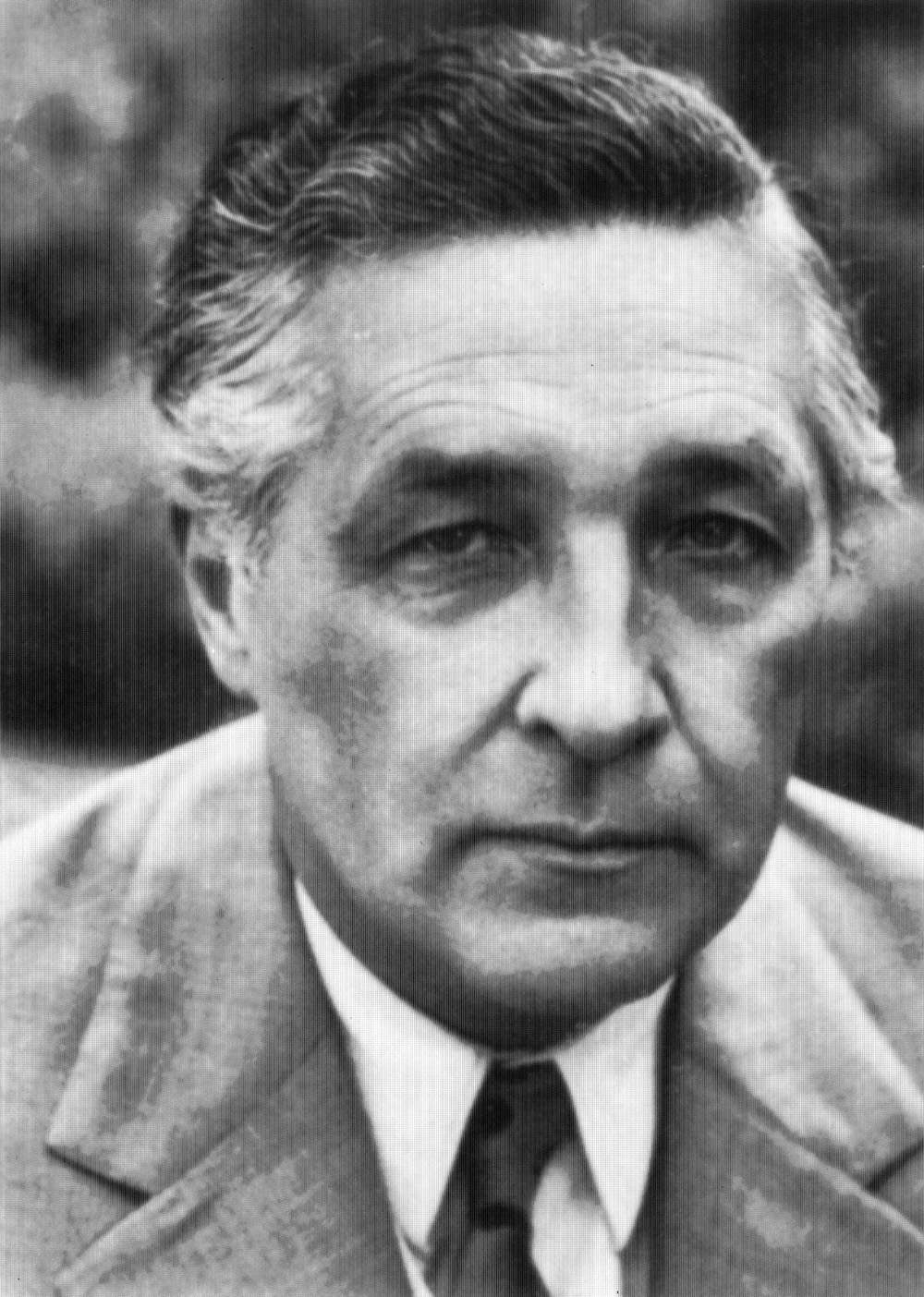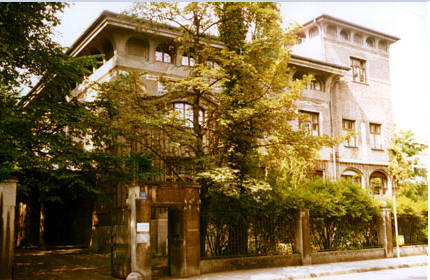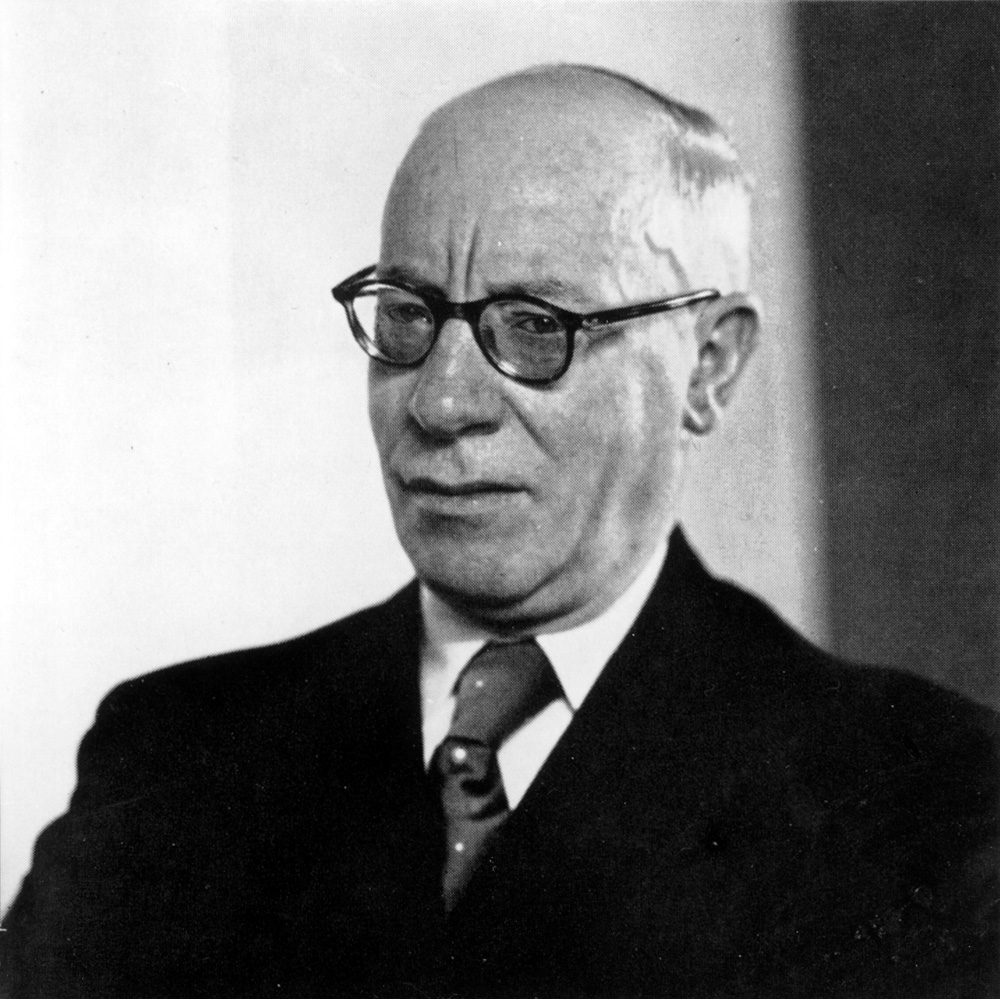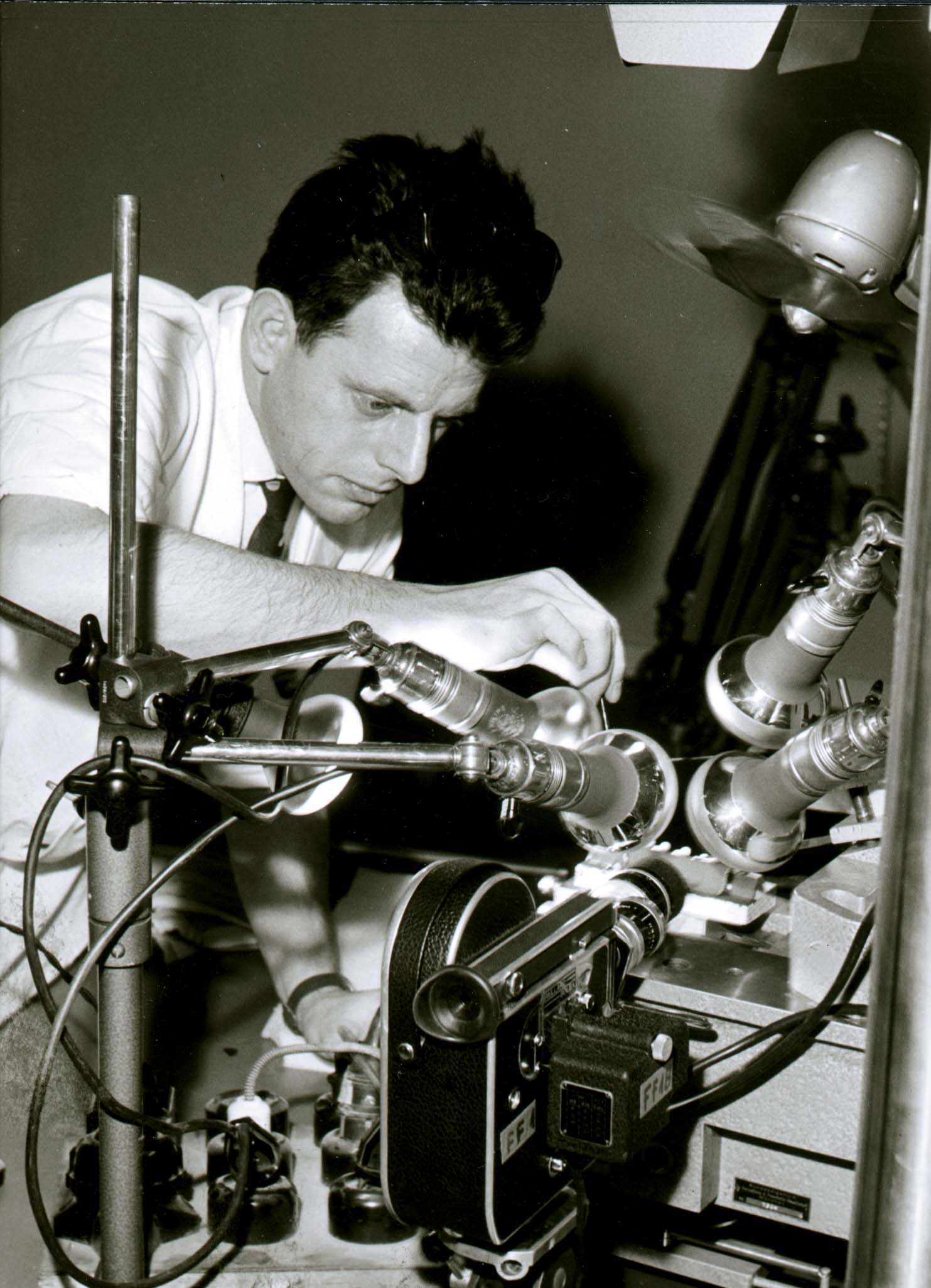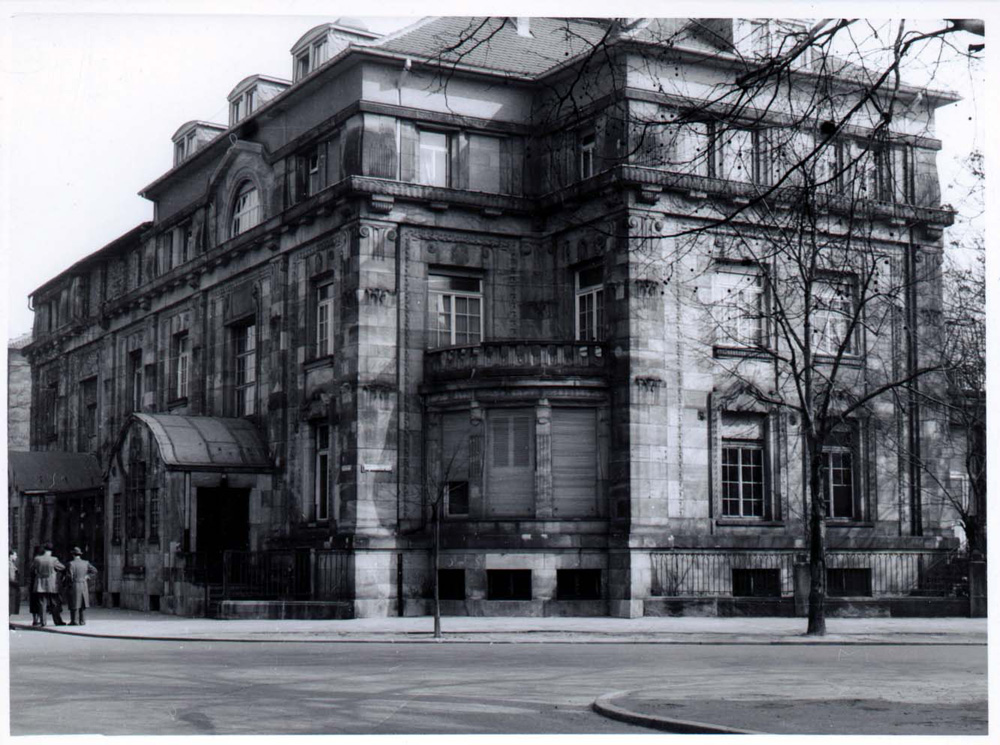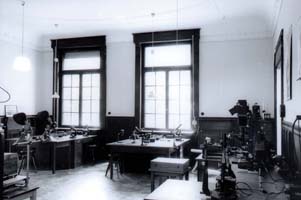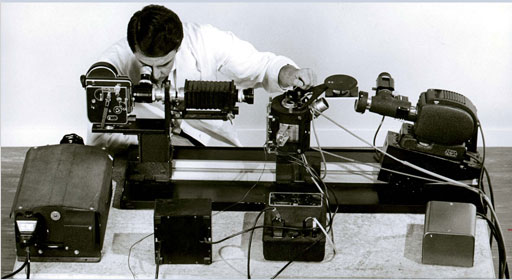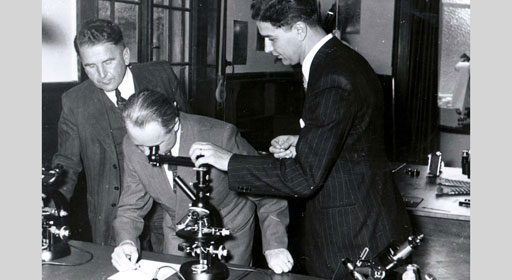1949
Foundation of the Fraunhofer-Gesellschaft
The Fraunhofer-Gesellschaft was founded in Munich on March 26, 1949, as part of a programme to reorganize and expand Germany's research infrastructure. The organization takes its name from Joseph von Fraunhofer (1787 - 1826), the successful Munich researcher, inventor and entrepreneur. In its early years, the main function of this non-profit organization was predominantly administrative: to raise funds through government bodies, donations and association members for distribution to research projects of relevance to industry.
Initial activities primarily focused on industry in Bavaria. This being the early post-war period, there was particular need for research in the fields of mining, the iron and steel industry and mechanical engineering.
